NOTE: This is an updated post from my old blog
Last time I talked about the paintings of Peter Rothermel currently on display at the State Museum of Pennsylvania. Today, I’d like to talk about two more artists and how you can have students create their own artwork.
What can we learn from these paintings and other modern paintings of the Civil War? One of my favorite artists is Dale Gallon from Gettysburg. In creating his art, Mr. Gallon does extensive research into the uniforms and equipment of the soldiers and the terrain he is depicting. Students can benefit from this research. Take a look at the following image for example:
This painting is called Hold At All Costs and shows Col. Joshua L. Chamberlain and the 20th Maine defending the extreme left side of the Union line on Little Round Top on July 2, 1863. Look closely at the uniforms of the solders and you can see tears in their pants and the soldier just under the flag has his hat turned around. Details such as the style of canteen, the type of musket and even the gloves worn by Col. Chamberlain have been accurately represented here.
Another famous modern artist is Don Troiani. Mr. Troiani has some excellent works in his collection and he, like Dale Gallon, does extensive research prior to putting brush to canvas. Mr. Troiani’s “Regimental Series” is a great collection of studies into specific units. Look at the following image:
This painting is called 114th Pennsylvania Volunteers and is a great representation of what a Zouave uniform would look like. Notice the red baggy pants, and the fez caps they are wearing.
As part of an interdisciplinary unit, a teacher could work with their art teachers to have the students create battlefield images or dioramas such as these or recreate pencil sketches by famous artists such as Alfred Waud. In order to complete something like this, students would need to research what the battlefield looked like, what the soldiers would have worn or what their flag looked like.
Just some more simple ideas for getting your students to become more interested in the Civil War and engage them in “doing history”.
In Part 3 of this series of posts, we will look at the Gettysburg Cyclorama.
Unit then…

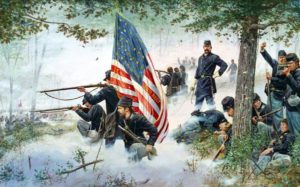
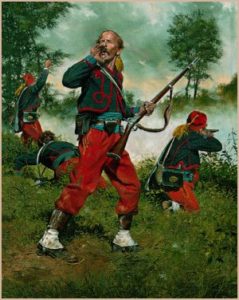
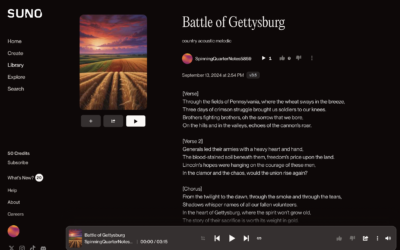
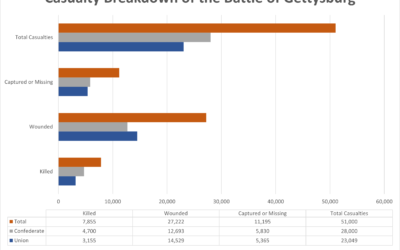
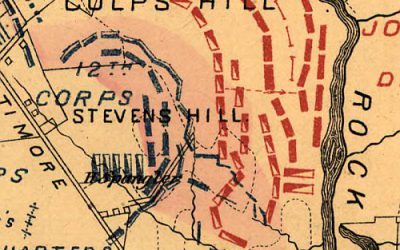
0 Comments